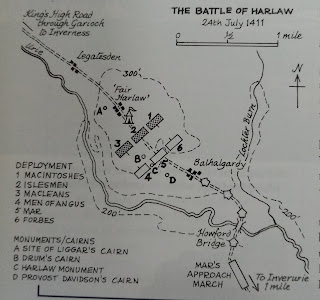The French Connection (part 1 of 3)

The Auld Alliance Part 1 On July 12, 1503, King James IV of Scotland wrote to his new ally and future father-in-law, Henry VII of England. The English king, reflecting on the grandly named Treaty of Perpetual Peace concluded between Scotland and England the previous year, had demanded that James IV repudiate the Franco-Scottish alliance. In his reply, the Scottish king courteously informed Henry VII that, though he had at that time no intention of renewing the Franco Scottish alliance, nevertheless 'we and our predecessors have always been accustomed to it'. James was exaggerating, but not by much. At the outset of the 16th century, the 'Auld Alliance' had already endured for more than two centuries and would last for a further 60 years. Why should an alliance between Scotland, a small kingdom on the northwestern fringes of Europe, and France, a major European power, endure for so long? And why should many modern Scots, and some French, still regard the "Auld Alli





